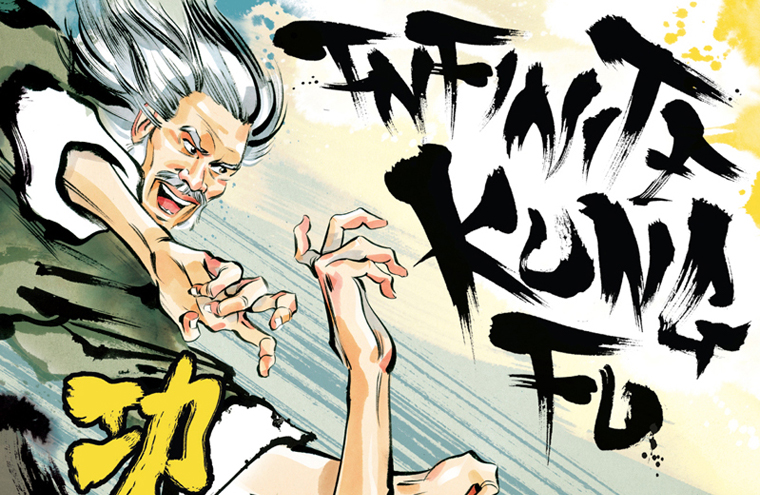On a biweekly basis, The Groove Seeker goes in search of killer grooves across rock, funk, hip hop, soul, electronic music, jazz, fusion, and more.
 Mayer Hawthorne: How Do You Do? (Universal Republic, 10/11/11)
Mayer Hawthorne: How Do You Do? (Universal Republic, 10/11/11)
Mayer Hawthorne: “A Long Time”
[audio:https://alarm-magazine.com/wp-content/uploads/2011/10/02-A-Long-Time-mastered.mp3|titles=Mayer Hawthorne: “A Long Time”]As the soul revival sound goes, Mayer Hawthorne is in a league of singers who strike the proper balance between old school and new school. Yes, the singer’s act takes greatest influence from the early Northern soul era, but there’s more to Hawthorne’s music than a game of name-that-classic-45.
In exception to the Impressions EP and the New Holidays cover on his 2009 debut, A Strange Arrangement, Hawthorne’s music is wholly original. He shows his appreciation for the throwback song-craft by mirroring its fundamentals: carefully placed horn sections, sweet harmonies, tight group-vocal backing melodies, and exceptionally smooth and polished arrangements.
For his sophomore effort, Hawthorne reaches deeper into the late-’60s, early-’70s reference bag to make a no-frills record packed with tolerantly addictive soul hooks. How Do You Do? covers a lot of ground and shows some new sides to Hawthorne’s musical palette with cleaner and more robust production and instrument arrangements. Whether or not his jump to Universal Republic from Stones Throw has anything to do with it is arguable, but Hawthorne finds a way to use time-honored soul maxims to forge an individual sound.




